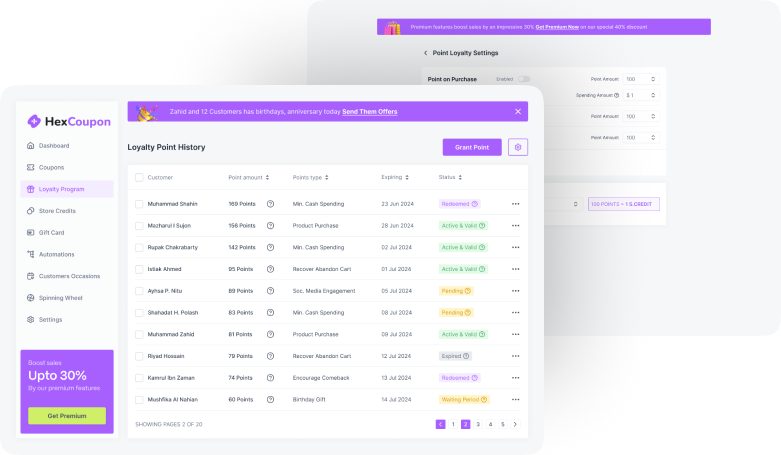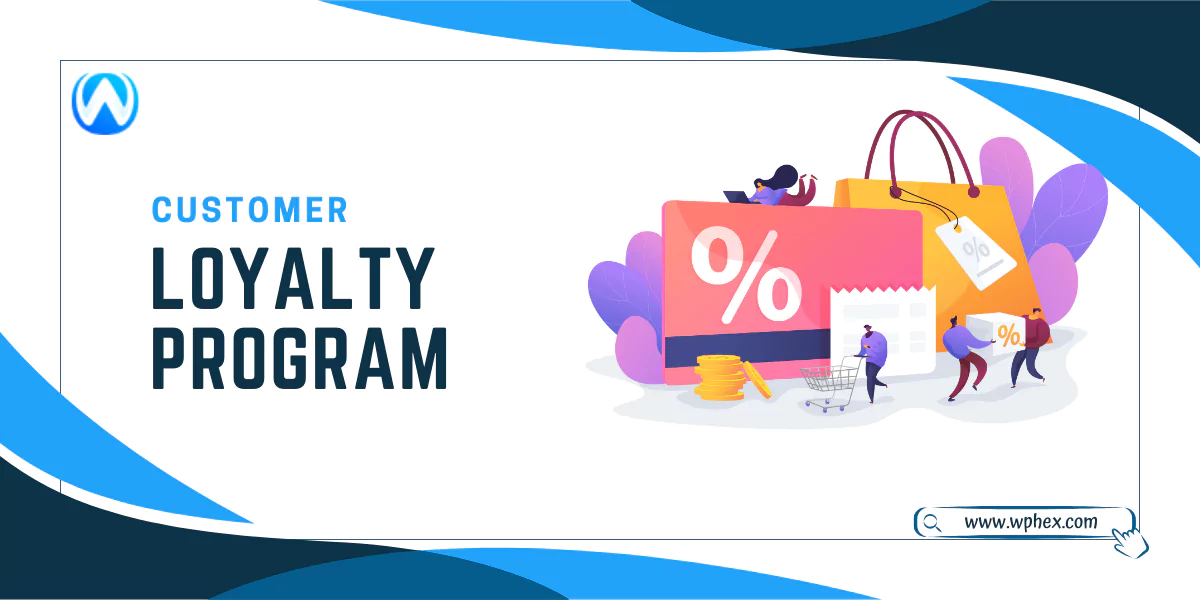
Loyalty programs, provided by both retailers and manufacturers, aim to encourage ongoing customer loyalty by offering rewards like discounts, cash, complimentary products, or unique services such as niche magazines for members.
The concept originated with retail cooperatives, which rewarded members based on their yearly spending. However, modern loyalty programs trace their roots back to initiatives like Raleigh cigarette coupons and the S&H Green Stamp Company, which allowed customers to earn points redeemable for various goods.
The contemporary evolution of these programs began in the 1980s, following the Airline Deregulation Act of 1978. This act created a highly competitive environment for airlines, leading to the introduction of frequent flyer programs as a way to gain a competitive edge.
American Airlines was a pioneer in this field with its 1981 launch of the AAdvantage program, designed to reward loyal customers and utilize the airline’s surplus capacity. Although numerous companies have adopted loyalty programs and garnered significant consumer membership, not all have been successful.
This article explores various types of loyalty programs and outlines steps to develop, implement, and manage an effective program. It also highlights common pitfalls to avoid in designing these programs.
What is a customer loyalty program?
A customer loyalty program is a marketing strategy designed to encourage customers to continue buying products or services from a specific company.
These programs work by rewarding repeat customers, usually through a system that accumulates points or benefits based on the customer’s spending.
For example, a customer might earn one point for every dollar spent, and these points can later be redeemed for discounts, free merchandise, or other incentives.
The effectiveness of these programs is evident in various statistics: A study by Accenture found that members of loyalty programs generate between 12-18% more revenue for retailers than non-members.
Additionally, the 2020 Bond Loyalty Report noted that 79% of consumers say loyalty programs make them more likely to continue doing business with brands. Such programs are not only prevalent in retail but also in sectors like airlines, hotels, and restaurants.
They utilize data analytics to personalize offers and improve customer experience, which can significantly influence purchasing behavior. For instance, a 2019 report by KPMG indicated that personalized experiences led 75% of consumers to favor one brand over another.
The success of these programs lies in their ability to create a sense of belonging and appreciation among customers, leading to increased customer retention and long-term business growth.
Size of The Loyalty Program Market
Loyalty programs have gained substantial popularity in the United States, particularly in sectors like airlines, hotels, car rentals, credit cards, financial services, book retailing, and supermarkets.
In the United Kingdom, these programs are notably prevalent in gasoline stations, supermarkets, and bookstores. Globally, more than 130 airlines offer customer loyalty programs, with approximately 163 million people worldwide accumulating loyalty-based miles.
In the U.S., the loyalty marketing industry is estimated to be worth around $6 billion, encompassing over 2,250 different programs.
A notable study discovered that nearly 90% of Americans are actively involved in at least one loyalty program, such as those offered by credit card companies, retail stores, or airlines. Furthermore, it’s common for consumers to participate in several loyalty programs simultaneously.
The usage of loyalty programs shows a similar trend in the United States, the United Kingdom, and Canada. Reports suggest that about 92% of consumers in the UK are engaged in loyalty programs, with 78% being part of two or more.
In Canada, an ACNielsen study in 2005 revealed that 95% of individuals were members of loyalty programs linked to department stores, mass retailers, general merchandisers, or warehouse clubs.
Many people, particularly in the U.S., are enrolled in multiple loyalty programs. Forrester Research found that 54% of primary grocery shoppers in the U.S. belong to at least two loyalty programs, with 15% enrolled in three, and 4% in four or five programs.
This widespread participation in various loyalty programs may contribute to the limited success of many such schemes.
When consumers can easily earn points in multiple programs with similar rewards and redemption criteria, it becomes challenging for any single program to maintain a distinct competitive edge.
Types of Loyalty Programs
| Program Type | Characteristics of Program | Example |
| Type 1: Members receive additional discount at register | – Membership open to all customers. – Clerk will swipe discount card if member forgets or does not have card. – Each member receives the same discount regardless of purchase history. – Firm has no information base on customer name, demographics, or purchase history. – There is no targeted communications directed at members. |
– Supermarket programs. |
| Type 2: Members receive 1 free when they purchase an units | – Membership open to all customers. – Firm does not maintain a customer database linking purchases to specific customers. |
– Local Car Wash. – Nail Salon. – Supercuts. – Airport Fast Park. – PETCO. |
| Type 3: Members receive rebates or points based on cumulative purchases | – Seeks to get members to spend enough to receive qualifying discount. | – Airlines. – Hotels. – Credit Card Programs. – Staples. – Office Depot. |
| Type 4: Members receive targeted offers and mailings | – Members are divided into segments based on their purchase history. – Requires a comprehensive customer database of customer demographics and purchase history. |
– Tesco. – Dorothy Lane Markets. – Wakefern Shop Rite. – Giant Eagle Supermarkets. – Hallmark. |
How to Create a Customer Loyalty Program
Choose a Great Name
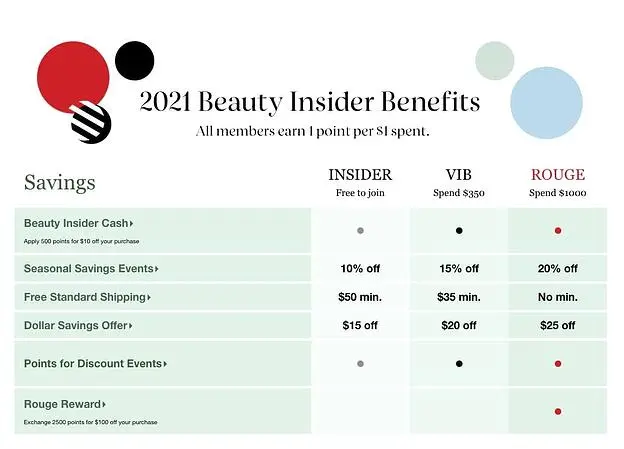
When choosing a name for your customer loyalty program, it’s crucial to select one that resonates deeply with your brand’s identity and values, ensuring a seamless alignment with the overall image of your business.
This name should be crafted to be both memorable and easily recallable, enabling customers to quickly associate it with your brand and the benefits it offers.
The chosen name should also encapsulate the essence of the program’s rewards or benefits, providing a clear and immediate understanding of the value proposition to the customers.
Furthermore, an effective name can foster a sense of community or exclusivity, making members feel like they are part of a special group.
In essence, the name of your loyalty program serves as a powerful tool in not only attracting customers but also in building a lasting connection with them, embodying the spirit of the program and enhancing the overall customer experience.
Understand Your Customers

Understanding your customers is a vital step in creating a successful loyalty program. This process involves identifying and analyzing your target audience to gain insights into their specific needs, preferences, and purchasing behaviors.
By comprehending what drives your customers, you can tailor your loyalty program to resonate more effectively with them.
This understanding is not just about knowing the demographic data but delving deeper into their motivations, lifestyle choices, and factors that influence their loyalty to a brand.
The goal is to create a loyalty program that not only appeals to your customers’ desires and needs but also aligns with their expectations and values, thereby fostering a stronger, more meaningful connection with your brand.
Ultimately, a deep understanding of your customers enables you to design a loyalty program that is both relevant and engaging, leading to increased customer satisfaction and loyalty.
Define Your Goals
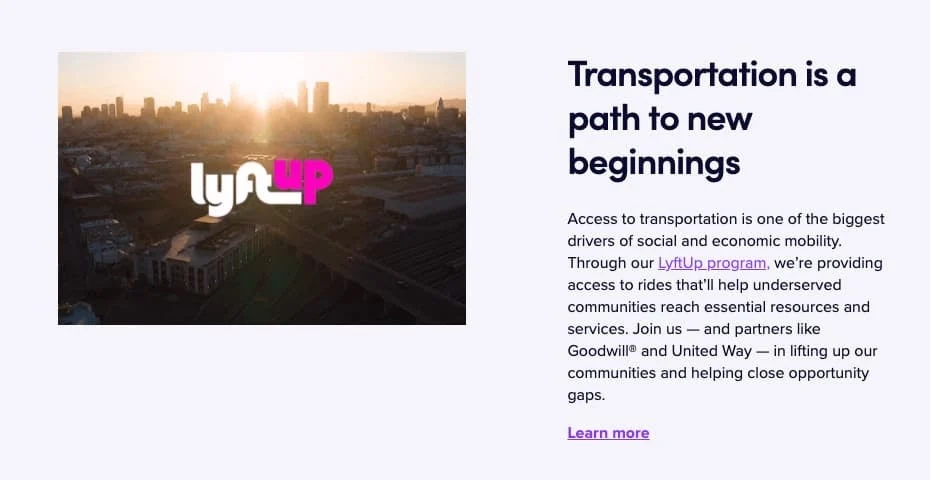
Defining your goals is a critical step in the development of a customer loyalty program. It involves setting clear, specific objectives for what you want the program to achieve.
These goals could range from increasing repeat purchases, enhancing customer engagement, to boosting the average order value. It’s important that these goals are not only aligned with your overall business strategy but are also measurable.
This measurability allows you to track the program’s performance and assess its effectiveness. By having defined goals, you can tailor the structure and rewards of the loyalty program to meet these objectives.
This clarity in purpose ensures that every aspect of the program is focused on achieving the desired outcomes, ultimately contributing to the success of your loyalty initiative and the growth of your business.
Choose The Type of Loyalty Program
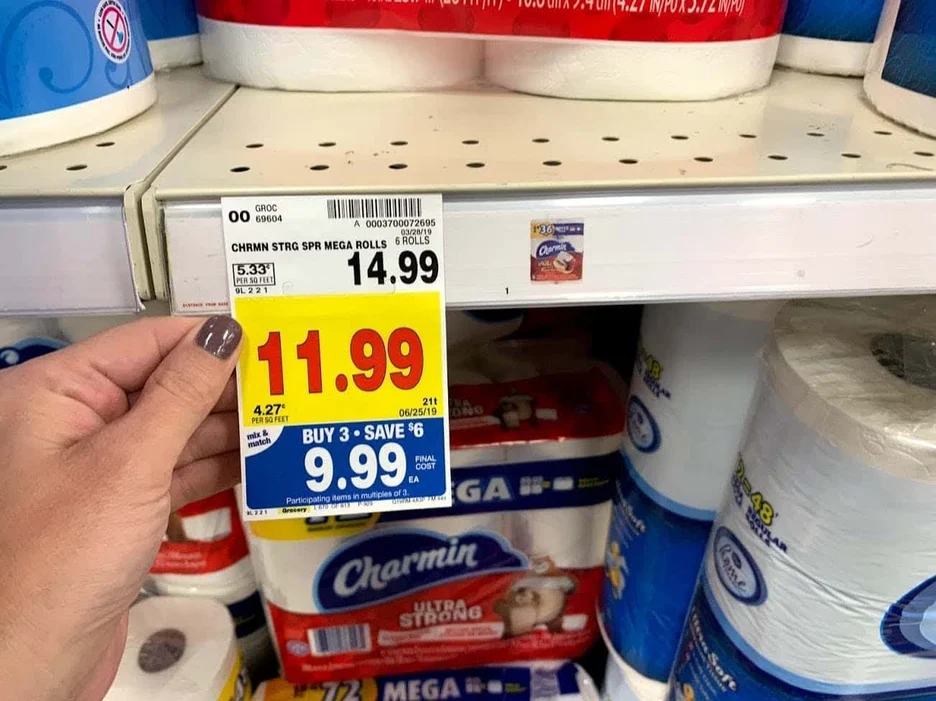
Choosing the type of loyalty program involves selecting a model that best suits your business goals and aligns with your customers’ preferences. There are several types to consider.
A point-based system rewards customers with points for their purchases, which can be redeemed for discounts or products. Tiered programs offer different levels of rewards based on customer spending, encouraging more purchases to reach higher tiers.
Paid programs, where customers pay for VIP benefits, offer exclusivity and premium rewards. Value-based programs align rewards with customer values, like making donations to causes they care about.
Lastly, hybrid models combine elements from different types, offering flexibility and a broader appeal.
The choice depends on what you aim to achieve with the program and what would be most attractive to your customer base, ensuring both customer engagement and business growth.
Develop The Reward Structure
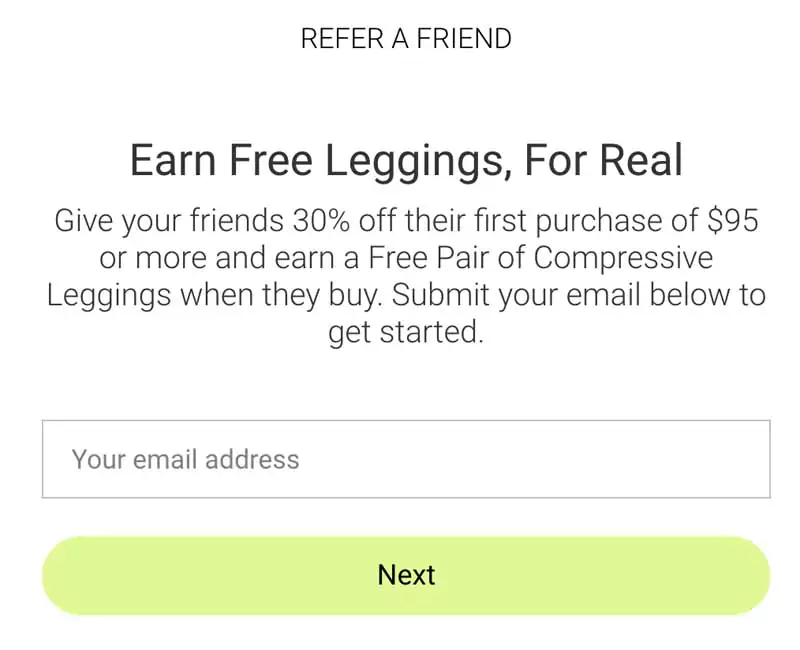
Developing the reward structure of your loyalty program involves carefully deciding what types of rewards you will offer and how customers can earn them.
This step is crucial as the attractiveness and feasibility of the rewards greatly influence the success of the program. Rewards can vary from discounts, free products, exclusive offers, or special experiences, and should be both desirable to your customers and realistically attainable.
It’s important to strike a balance between being generous enough to motivate customers and being sustainable for your business.
The structure should be clear and simple, allowing customers to easily understand how they can earn rewards and what they will gain from participating in the program.
Ideally, the rewards should also align with your customers’ preferences and values, further enhancing their connection with your brand.
In summary, a well-thought-out reward structure is key to creating a loyalty program that effectively incentivizes repeat business and deepens customer engagement.
Integrate With Your Business Systems
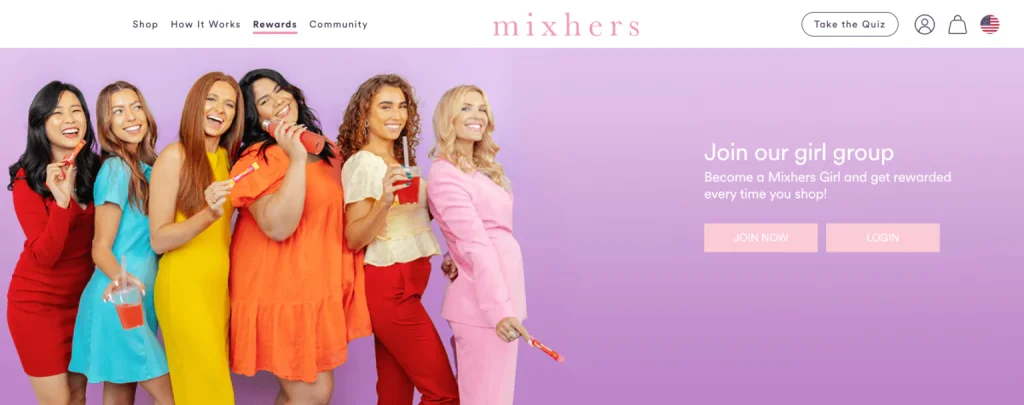
Integrating your loyalty program with your existing business systems is a critical step to ensure its effectiveness and smooth operation.
This integration means that your loyalty program should work seamlessly with your point-of-sale system, e-commerce platform, and any other relevant business software.
The goal is to automate the tracking of customer purchases and the accrual and redemption of loyalty points or rewards.
This automation not only reduces the administrative burden but also enhances the customer experience by providing real-time updates and ensuring accuracy in reward management.
By integrating the loyalty program into your business systems, you create a cohesive and efficient process that supports both the operational aspects of the program and the overall customer journey, making it easier for customers to engage with the program and for your business to manage it effectively.
Create a User-Friendly Experience
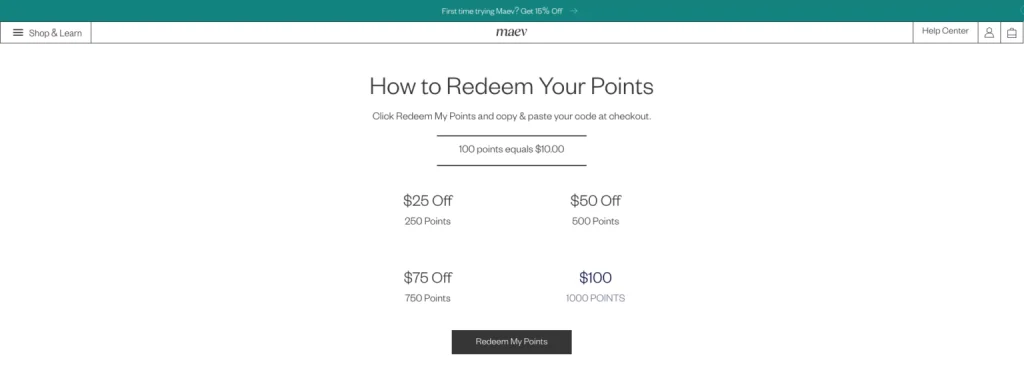
Creating a user-friendly experience in a loyalty program is essential for ensuring customer participation and satisfaction.
This involves making the enrollment process as simple and straightforward as possible, minimizing barriers to entry. The program itself should be easy to understand and use, with clear instructions and intuitive navigation, whether it’s accessed through a website, app, or in-store.
Providing a digital platform where customers can easily track their points, rewards, and progress towards different tiers or benefits enhances the experience.
The aim is to make the interaction with the loyalty program a seamless and enjoyable part of the customer’s relationship with your brand.
By focusing on user-friendliness, you encourage more customers to join and actively participate in the program, thereby increasing its effectiveness and the overall customer engagement with your brand.
Promote Your Program
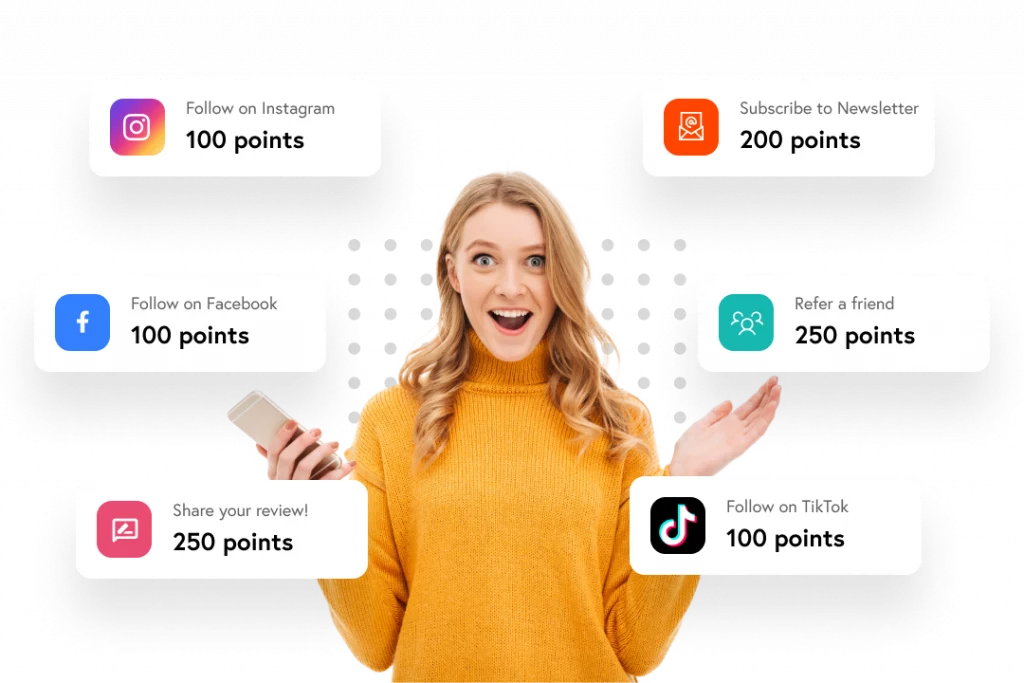
Promoting your loyalty program is crucial to its success, as it’s important to make sure your customers are aware of it and understand its benefits.
This promotion can be achieved through various marketing channels. Utilize social media, email marketing, and in-store promotions to reach a wide audience.
Emphasizing the value and benefits of joining the program in these communications can spark interest and encourage sign-ups.
It’s also beneficial to train your staff to inform and encourage customers to join the program during their interactions.
By effectively marketing the program, you not only increase its visibility but also enhance its perceived value, encouraging more customers to participate and, in turn, fostering greater customer loyalty and engagement with your brand.
Gather Data And Feedback
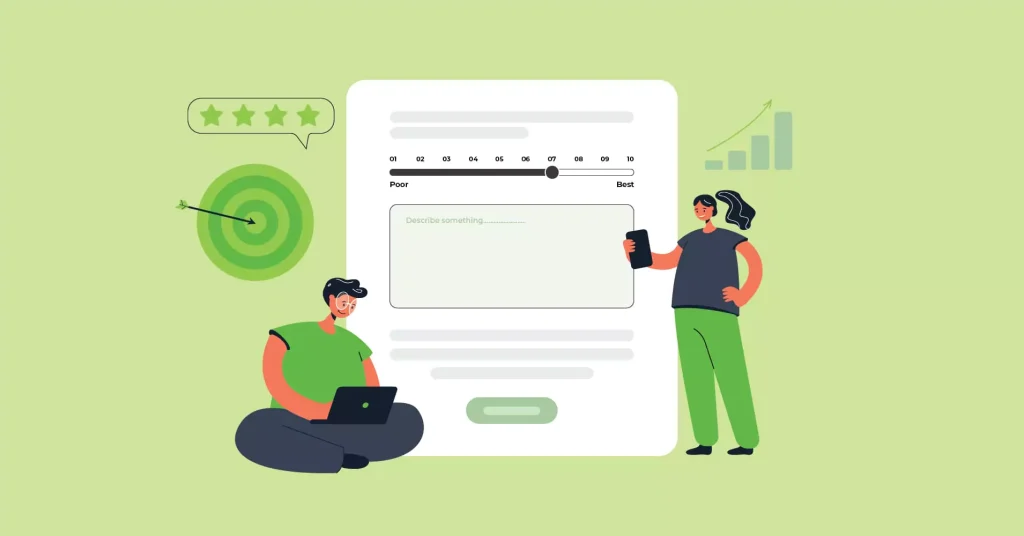
Gathering data and feedback is a vital component of running a successful loyalty program. This process involves tracking customer participation, such as how often they use the program and what rewards they prefer, as well as monitoring their purchasing patterns.
This data provides invaluable insights into how well the program is working and what aspects are most appealing to customers.
Additionally, actively seeking feedback from customers, through surveys or direct communication, can reveal their experiences and opinions about the program.
This feedback is crucial for understanding what works and what doesn’t, allowing you to make informed decisions about improvements or changes that could enhance the program.
Effectively gathering and analyzing this data and feedback ensures that the loyalty program remains relevant, appealing, and effective in fostering customer loyalty and satisfaction.
Evaluate And Adapt
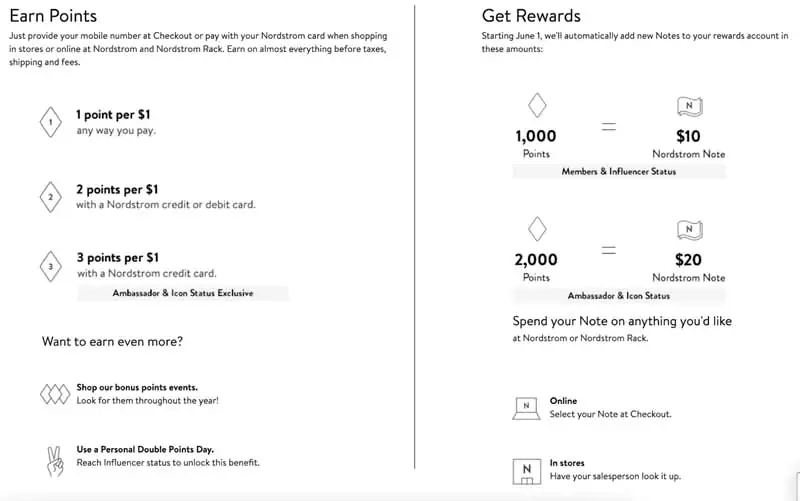
Evaluating and adapting your loyalty program is an ongoing process crucial for its long-term success. This step involves regularly reviewing the program’s performance against your set goals and objectives.
By analyzing the data and feedback gathered from customers, you can assess aspects like customer engagement, reward redemption rates, and overall impact on sales and customer loyalty.
This evaluation helps identify areas that are performing well and those that need improvement. Based on these insights, you should be prepared to make adjustments to the program.
These adaptations could involve changing the reward structure, tweaking the rules, or enhancing the user experience.
Being flexible and responsive to customer needs and market trends ensures that your loyalty program remains effective, competitive, and aligned with your business goals and customer expectations.
Maintain Engagement

Maintaining engagement in a loyalty program is about keeping your customers interested and active over time. This involves regular communication with program members, updating them on new rewards, promotions, or changes to the program.
Personalized communication, like acknowledging milestones in their customer journey or offering special rewards on occasions like birthdays, can enhance the sense of connection.
Additionally, introducing periodic special rewards or surprises can keep the program exciting and give customers a reason to keep coming back.
Celebrating the program’s own milestones or anniversaries also helps in keeping the engagement high. The key is to consistently provide value and a sense of novelty, ensuring that customers remain motivated to participate and stay loyal to your brand.
This sustained engagement is crucial for the long-term success of your loyalty program and, by extension, your business.
Actions to Meet Specific Loyalty Program Objectives
| Increasing the Number of Loyalty Program Members | – Partner with other brands and retailers to make it easier for members to accumulate points. This strategy also increases the value of the reward to some members. – Provide free points or additional discounts for initial membership. – Recognize that open programs have more members than closed programs. – Increase the attractiveness of rewards. – Make rewards easier to obtain. – Assure members that specific data on their purchasing behavior will be kept in the strictest of confidence and not be sold or shared. |
| Reducing Member Attrition | – Reduce the number of points needed to receive a reward. – Increase the number of reward options. – Make the program easier to use. – Allow members to purchase points to facilitate getting rewards. – Tailor rewards and communication based on a member’s purchase history. – Track member usage and contact profitable customers who have not recently made a purchase. – Partner with other brands and retailers to make it easier for members to accumulate points. This strategy also increases the value of the reward. – Enable members to more easily track points on the Web. – Combine free goods and services and rewards with special services (such as special customer support access, invitations to trunk shows, personal shoppers, etc.) |
| Increasing Purchases by Members | – Implement a tier system to provide additional points for purchases above a given level. – Develop a differential point structure to reward heavy users. – Provide additional points for related-item purchases. – Develop a differential point structure for closeouts, overstocks, and end-of-season merchandise. – Cross-sell goods and services with partners. – Tailor rewards and communication to a member’s purchase history. – E-mail special offers to members. |
| Increasing Member Gross Profit | – Limit enrollment to members with a large and profitable transaction history. – Provide tiered memberships so that heavy users receive greater benefits. – Charge a nominal fee to discourage inactive or small activity accounts. – Enable members to easily track activity, points, and award shipment through the Web. – Restrict membership to a firm’s most profitable customers. – Drop out unprofitable members or members with low purchase activity over a given time period. – Develop a differential point structure for closeouts, overstocks, and end-of-season merchandise. This strategy can be used to reduce the markdown levels needed to clear this merchandise. |
| Increasing the Return on Loyalty Program Investment | – Consider outsourcing loyalty member functions such as fulfillment or award selection where other firms can fulfill these functions more efficiently. – Evaluate the loyalty program on a continuous basis. – Sell aggregate data to suppliers. – Sell points to partners. – Sell points to customers. – Evaluate the alternative return on investment on other programs that build and maintain customer loyalty. |
| Increasing the Quality of Market Research Data | – Outsource database construction, maintenance, and data mining to firms that specialize in these services. – Use market research and information systems personnel in loyalty program design and implementation. |
Tips For Building Customer Loyalty
Provide Excellent Customer Service: This involves not only addressing customer issues promptly and efficiently but also proactively anticipating their needs. Train your staff to be empathetic, patient, and skilled in problem-solving. Personalized interactions, where staff remember returning customers’ preferences and history, can greatly enhance the customer experience.
Create a Loyalty Program: Design a program that is easy to understand and genuinely valuable to your customers. Offer rewards that are desirable and attainable, such as exclusive discounts, members-only sales, or early access to new products. Make sure the process to earn and redeem rewards is straightforward and user-friendly.
Engage with Customers on Social Media: Regularly update your social media channels with content that is engaging and relevant to your audience. Create opportunities for interaction, such as polls, contests, or Q&A sessions. Acknowledge and respond to comments and messages promptly to show that you value their engagement.
Ask for and Act on Feedback: Use various channels to gather feedback, like email surveys, comment cards, or online reviews. Show your customers that you value their feedback by implementing changes based on their suggestions and communicating these changes. This demonstrates that you are listening and committed to improvement.
Personalize the Customer Experience: Use customer data to tailor their experience. This could be as simple as addressing them by name in communications, or as complex as recommending products based on past purchases. Remember, the key is to be helpful without being intrusive.
Provide Consistent Quality: Regularly monitor and evaluate the quality of your products or services. This might involve quality control processes, customer satisfaction surveys, and staying abreast of industry standards. Consistency in quality reassures customers and builds trust in your brand.
Build a Strong Brand Identity: Your brand should clearly communicate who you are and what you stand for. This includes your visual identity (like logos and colors), but also your brand voice and the values you champion. A strong brand identity can create an emotional connection with customers.
Educate Your Customers: Offer content that adds value beyond just selling a product or service. This could include how-to guides, expert advice, industry news, or thought leadership articles. By educating your customers, you position your brand as an authority in your field.
Create a Community Around Your Brand: Foster a community by hosting events, creating online forums, or encouraging user-generated content. Communities can be platforms for customers to share experiences, offer advice, and feel a sense of belonging, which strengthens their connection to your brand.
Surprise and Delight Your Customers: This involves exceeding expectations in unexpected ways. It could be a handwritten thank-you note, a special birthday discount, or exceptional support during a crisis. These gestures make customers feel valued and appreciated, leading to positive word-of-mouth and increased loyalty.
Wrapping it up
In summary, to develop a successful customer loyalty program, it’s crucial to prioritize customer engagement both during and outside the buying cycle.
By mixing various loyalty strategies and evolving them over time, you can build lasting brand loyalty and retain customers year-over-year.
Remember, a loyalty program is an enhanced way to thank your customers and encourage their trust in your brand, leading to a desire to earn rewards for their loyalty. It’s important to recognize that loyalty programs are more cost-effective in retaining existing customers than acquiring new ones.
Focus on identifying and targeting high-value customers with your program. For effective results, set clear goals and maintain strong communication with your loyalty members.
An important aspect of a successful loyalty program is gathering and acting on customer feedback. Examples like Starbucks and Gap, who revised their loyalty programs based on customer input, demonstrate the power of responsiveness.
This approach can significantly increase customer participation and satisfaction. Adopting these strategies can help scale your e-commerce business to new heights.

